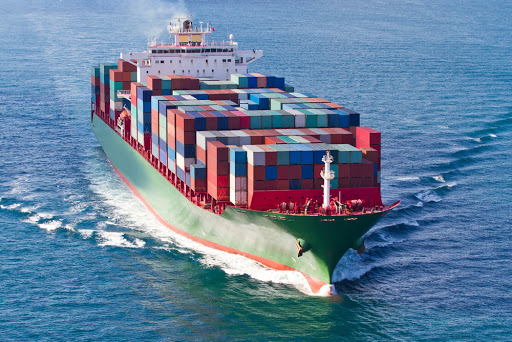News

Can a global energy transition be unlocked through decarbonising shipping?
Maritime shipping emissions could increase by as much as 250% by 2050 if no action is taken.
Approximately 80% of global trade is carried by ships and currently accounts for up to 3% of global greenhouse gas emissions (GHG). This is equal to the emissions of large economies such as Japan or Germany.
The International Maritime Organisation (IMO) have created their own GHG strategy as shipping is not covered in the Paris Climate Agreement. The strategy looks to align the industry with the Agreement and has an important focus on net-zero emissions.
The 2019 UN Climate Action Summit saw a partnership form between the Global Maritime Forum, the Friends of Ocean Action and the World Economic Forum. The partnership is to focus on producing zero-emission vessels and having them in operation on trade routes by 2030.
In addition, to achieve zero emissions, a collaboration of the finance, energy, maritime and infrastructure sectors combined with Government support is essential.
Further to this, the funding to half emissions by 2050 will cost up to $1.4 trillion. What’s more, if they are to fully achieve zero emissions by 2050, $1.9 trillion of funding will be required.
When the funding was broken down, it was found that only 13% will be used on the ships. The other 87% will be needed for the land-based infrastructure and production facilities for low carbon fuels. Along with this, the estimated total bunker fuel consumption for shipping is up to 300 million tonnes per year.
The pure scale of decarbonising this sector could be a catalyst for energy transition as a whole.
The World Economic Forum discusses this topic further here.



